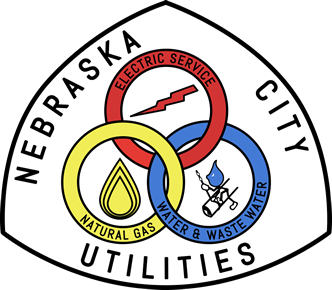A clogged sewer drain is no picnic. Chemical drain cleaners can be effective, but they emit harsh fumes and can actually damage your plumbing if not used properly. Here’s a quick guide to help you with drain cleaning without the use of chemicals.
Understand The System
The most important part of clearing a blocked sewer drain is identifying which part of the drainage system is clogged. Inside your home, there are several small waste removal pipes that feed directly into the larger main sewer line. This main line takes waste water out of your house and deposits it into your septic tank or municipal sewer. Most homes have a line that carries waste from the kitchen sink and toilets and a line that carries waste from showers, tubs and bathroom sinks.
Clearing a Slow Drain
If you’re dealing with a slow-moving drain, it’s likely that whatever is blocking the pipe is caught in the drain trap or trap arm. Remove the trap arm if you can and thoroughly clean out any debris or clogs. If that doesn’t work, check the main line plug or cap. You may need to use a plumbing snake if the blockage isn’t immediately visible. Run cold water into the line as you snake; this will help break up clogs and wash away dirt and pipe residue.
Bathtub and Shower Clogs
Most drainage problems in the bathroom are caused by hair, soap and shampoo that get stuck in the plumbing and form clogs. A good way to remove a stubborn bathroom clog is to use a device called a drain stick. It’s a long plastic stick that has either a small comb or a spiked tip at the end. The barbs help snag hair and other debris inside the pipes so you can pull them out easily. Just remove the drain cap, put the stick into the drain and twist a few times. Pull back slowly, and the clog should come right out.
Serious Drain Blockage
A substantial clog may require professional help or even a sewer line replacement. However, sewer jet blasting can be a very effective way for drain cleaning, no matter where the blockage is. Basically, a strong spray of pressurized water is pumped through your home’s plumbing, breaking up clogs and leaving pipes flowing freely. After a sewer jet blasting, ask your plumber to perform a hydrostatic line test, which will detect weak spots, cracks or leaks in the pipes.
Keep Clogs From Coming Back
Prevention is definitely the best medicine when it comes to drainage problems at home. To keep your drains clean without harsh chemicals, use a simple baking soda and vinegar solution. Once a month, pour a cup of baking soda down each drain in your home, followed by a cup of white vinegar. Let the solution sit for about an hour, and then flush with warm water. The baking soda reacts with the vinegar to create a foam that will remove most residue from tubs, showers, and sinks.
